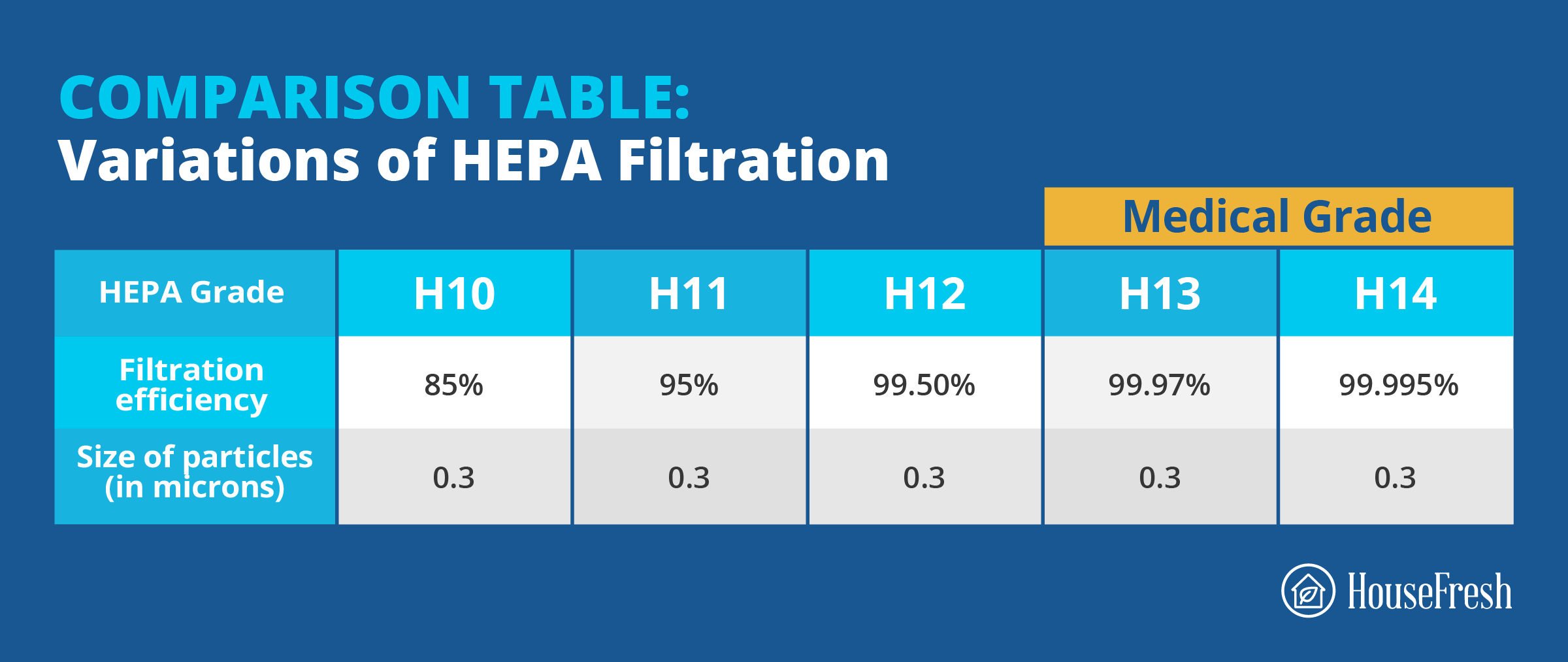Here at HouseFresh, we believe everyone should use an air purifier. After all, the air we breathe is literally killing us.
Figuring out if you need one for your home can be a long and winding journey, filled with endless statistics, jargon and miracle claims, which can often sound too good to be true.
To help you in your search, I’ve set out to answer the age-old question of do you actually need an air purifier, demystified what these machines can do to help improve your air quality and even given you a helping hand on how to find the perfect purifier for your needs.
So, do you really need an air purifier?
Not sure where to start or even if you need an air purifier? Work your way through this easy-to-digest flowchart to discover what’s best for you.
I’ve covered all the most common pollution types you might find in the average home and pointed you in the right direction should you find you might benefit from an air purifier.

If the flowchart led you to an air purifier, you might want to keep reading to learn more about it before spending any money.
How to choose the right air purifier for you
So, you’ve seen the light and been converted to the clean air crew. Now, all you have to do is pick the perfect unit for your specific needs. Sounds simple, right?
Not quite. A quick search for an air purifier on Amazon.com brings back thousands of results. And the kicker? Most of these are poorly designed and poorly made, so they won’t make a tangible difference to the air you breathe.
Fortunately, I’ve done the heavy lifting for you, researching the ins and outs of countless air purifiers and seeing how well they perform in our impartial reviews.
Just follow these five easy steps, and you’ll be well on your way to a clean-air oasis.
1. Identify the source(s) contributing to your dirty air
We can categorize pollutants as either external (pollution that occurs outdoors) or internal (pollution that stems from inside the home). It is worth clarifying that outdoor pollution will likely make its way indoors.
Here are some of the most likely culprits that might be affecting your space:
| Internal sources | External sources |
|---|---|
| Pet dander | Traffic fumes |
| Cooking odors | Wildfire smoke |
| Gas stoves | Pollen |
| Mold and mildew | Bacteria and viruses |
| Dust | VOCs (chemical gases) |
| Weed/Cigarette smoke | Radon |
2. Pick the right air filtration technology to eradicate these pollutants
Fighting fire with fire is the best form of attack when it comes to removing pollutants from your space. And by fire, we mean filters.
New technologies, such as Ionizers, Peco and UV lights, always crop up in the air purifier world. Many of them make big promises but deliver very little.
To remove pollutants from your space, I suggest you opt for tried and tested mechanical filters such as High Efficiency Particulate Air (HEPA), which are certified to remove at least 99.7% of particulate matter such as dust, pollen and smoke, as small as 0.3 microns in size.

The other subset of pollutants you’ll find in the home are Volatile Organic Compounds (VOCs). This term covers all the gasses and odors you’ll find in the average home, including carbon monoxide, secondhand cigarette smoke and even the dogs farts. You’ll need activated carbon filters to work alongside your HEPA filter to remove these from your space.

3. Measure the space you will use your air purifier in
This is where most people go wrong. Air purifiers are designed to work their magic in a specific-sized space. So if you buy a budget unit with small fans and a weaker motor, it will struggle to make a difference in a larger room.
Manufacturers often share a recommended room size to use the purifier in. Be sure to double-check this will:
A. Cover the intended space
| Volume = room area (length x width) x ceiling height i.e 20ft length x 15ft width x 10ft height = 3000 cubic feet |
B. Circulate the air in this space more than once an hour (to reap the best rewards, you should look for a unit that can perform at least four air changes per hour)
| Minimum CADR = room volume x four air changes ÷ 60 minutes i.e 3000 cubic feet x 4 air changes ÷ 60 minutes = 200 CFM |
If math wasn’t your strong suit at school you can put your room size into our CFM calculator and it will tell you what CADR you will need to achieve 4.8 air changes per hour which is what the EPA reccomends:
In addition to the size of the space, you should also consider the positioning of the unit. Bookmark our guide with tips on where to place your air purifier as you will need it once you buy a device.
4. Assess your budget
Investing in clean air is a shrewd move to make, but a good quality air purifier can range in price from 100 bucks up to 1000.
Prices will vary depending on how powerful the unit is, the technology it utilizes and the features it possesses. Units from industry-leading manufacturers such as IQAir and Alen will set you back more than those produced by value-for-money brands such as Levoit.
If your budget is stretched, prioritize cleaning power (CADR) and quality filters over fancy features, such as air sensors and apps.
Remember that there are ongoing costs associated with using an air purifier. As time passes and pollutants are captured, your filters will become saturated and need to be replaced. If you require constant protection from pollutants (i.e, live near the highway), you may also wish to find an energy-efficient purifier.
5. Closely evaluate your shortlisted air purifiers
Having ascertained the filtration type and room size suitability, you’ve probably added a few potential air purifiers to your wishlist. At this point, you’ll want to see how well the unit will slot into your space and whether it boasts any additional features.
If you live in a smaller home or apartment, avoiding the bulkier purifiers is probably best. Instead, why not opt for a compact and lightweight unit that can be popped on a shelf or moved from room to room?
For light sleepers, check out the operating volumes or look for a unit with a specialist Sleep mode that will enable you to breathe clean air throughout the night. Other handy Smart features include in-built air sensors, Auto or Eco modes that react to the changing air pollution levels, or even smart speaker compatibility, allowing you to activate your unit with voice commands.
Whether you have allergies or live near a busy road, you don’t have to suffer poor air quality inside your own home. But knowing if you need an air purifier, and which option to choose amongst the wealth of units available, can be somewhat overwhelming.
SOURCES
- Gewin, V. (2022). How a dangerous stew of air pollution is choking the United States. nature.com
- Lindsley WG, Derk RC, Coyle JP, et al. (2021). Efficacy of Portable Air Cleaners and Masking for Reducing Indoor Exposure to Simulated Exhaled SARS-CoV-2 Aerosols. cdc.gov
- World Health Organization. (2022). Household air pollution. who.int





